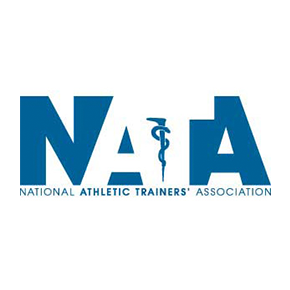Advertisement
The answer depends on the position you play, the type of surface played on, the amount of ankle support needed, and the comfort level you want. Hard molded bottom cleats have great traction on firm ground or artificial turf. Detachable stud cleats have longer and more powerful spikes that provide traction on a variety of field conditions. These spikes can be removed and changed depending on preference and conditions.
Football cleats come in three different heights; low, mid, and high. Low-cut has the least ankle support but allows for maximum ankle mobility so the player can cut sharply and run at high speeds. Mid-cut provides more stability and still allows mobility. This style is best for skill positions including defensive backs, running backs, wide receivers, and quarterbacks. High-cut provides maximal support to protect from ankle injuries. They are designed for players who move side to side, such as defenders and linemen. (This answer provided for NATA by the Saint Louis University Athletic Training Education Program.)
Football cleats come in three different heights; low, mid, and high. Low-cut has the least ankle support but allows for maximum ankle mobility so the player can cut sharply and run at high speeds. Mid-cut provides more stability and still allows mobility. This style is best for skill positions including defensive backs, running backs, wide receivers, and quarterbacks. High-cut provides maximal support to protect from ankle injuries. They are designed for players who move side to side, such as defenders and linemen. (This answer provided for NATA by the Saint Louis University Athletic Training Education Program.)
Continue Learning about Football
Important: This content reflects information from various individuals and organizations and may offer alternative or opposing points of view. It should not be used for medical advice, diagnosis or treatment. As always, you should consult with your healthcare provider about your specific health needs.
